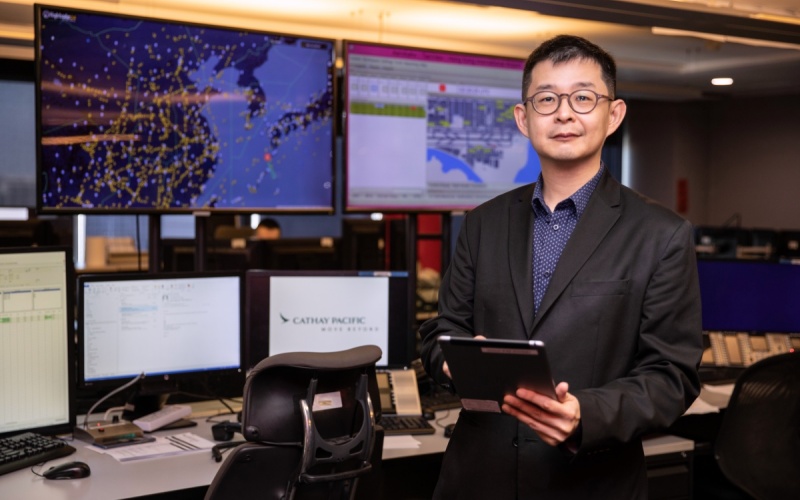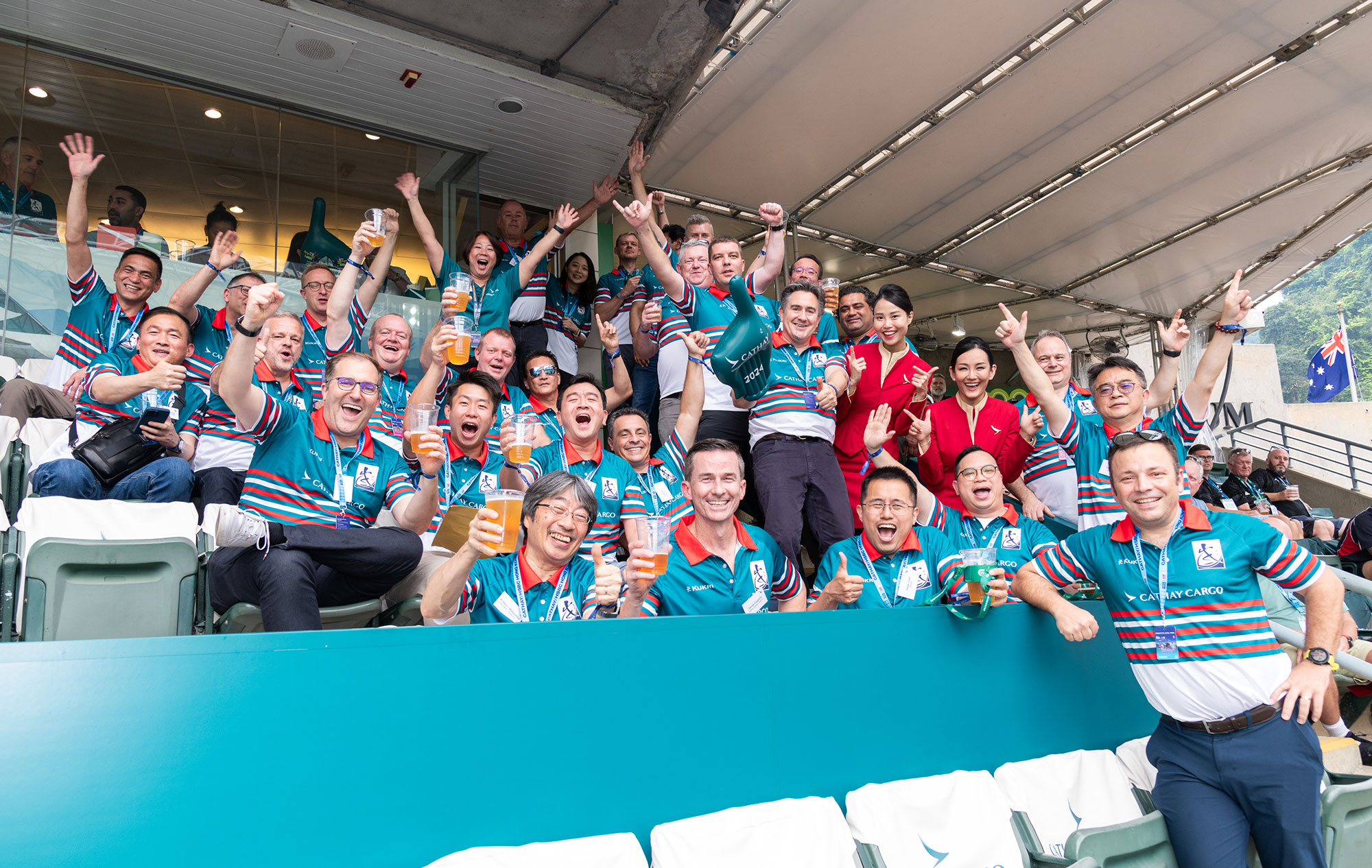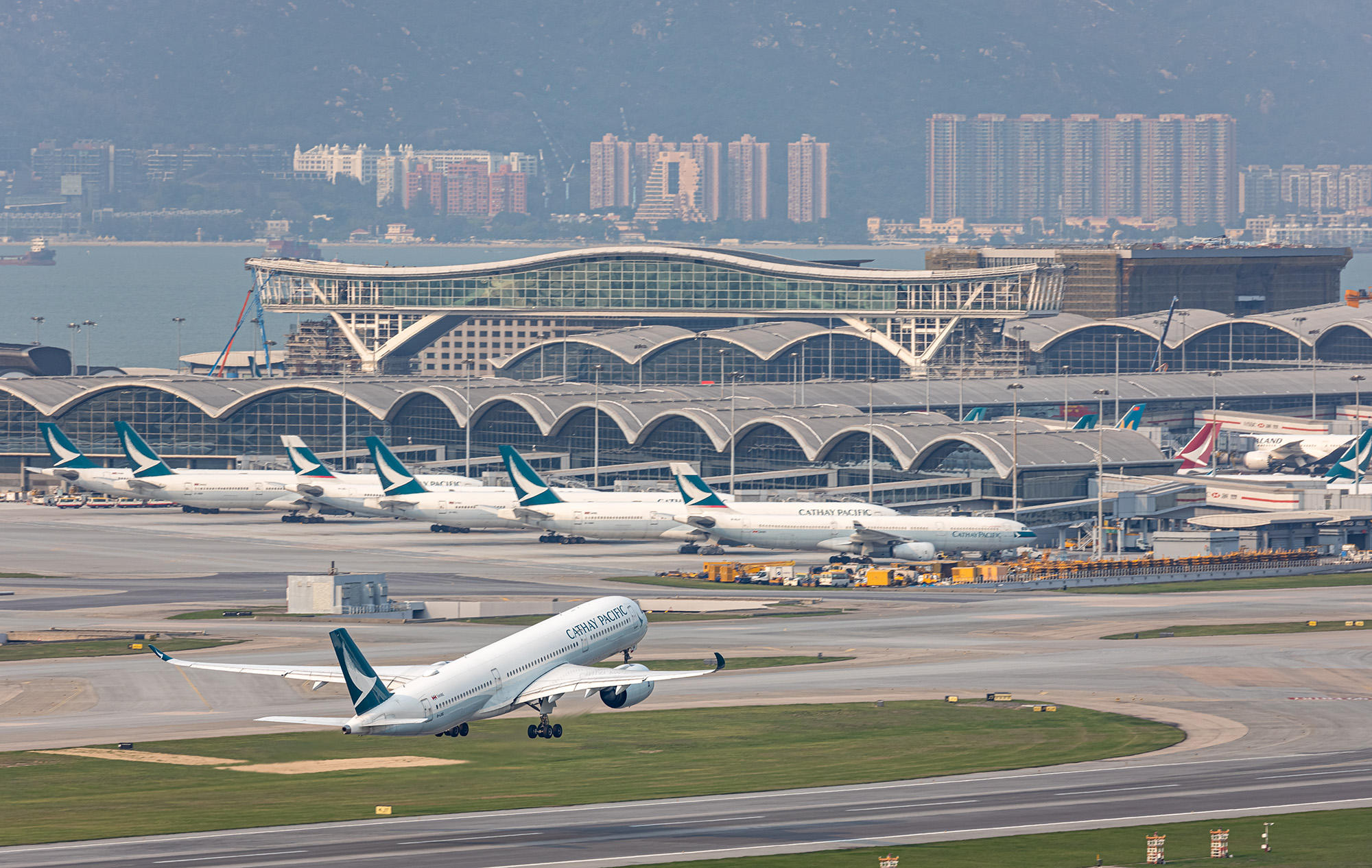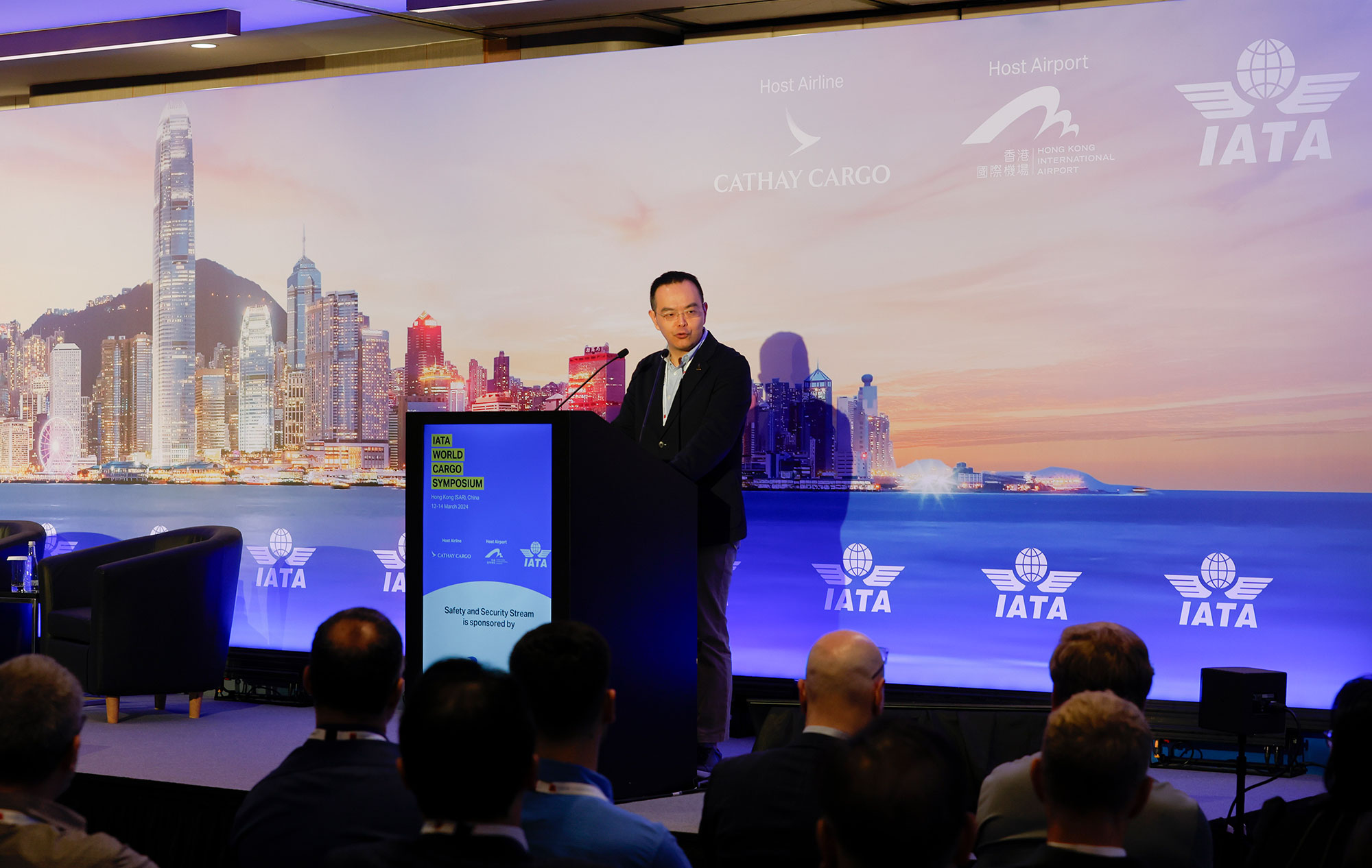‘Think of it as NASA’s Houston Control – it’s that room where lots of people sit in front of screens and make decisions regarding the operation, from the routine to the non-routine,’ says Captain Jon Toller. The Airbus A320 pilot is the recently-appointed General Manager of the IOC – the Integrated Operations Centre.

The beating heart of the airline’s operations doesn’t yield its secrets easily. It sits on the eighth floor of Cathay City, zoned off behind dark tinted glass and an extra layer of security. But, in simple terms, this is the home for a team of experts from across the business who come together to operate Cathay Pacific’s flight schedule.
The IOC works up to seven days ahead, which is when they take over the flight schedule from the airline’s planning department. At that stage, the plan is notional, pristine and perfect; but the real world can and does put obstacles in the way.
Dennis Lam leads the team of duty managers who coordinate all the information from within the airline and beyond, so that they can make the best possible decisions for the business, passengers and revenue as events – be they technical failures, bad weather, border closures or even volcanoes – conspire to disrupt them.
In the mission control room, there are four on-duty operations controllers and small, elite squads from Flight Operations, Engineering, the Airport teams for Hong Kong and outstations, and the teams who work to rebook passengers during disruption or flight cancellations.
Having people from across the business in this nerve centre enables quicker decision making when a rapid response is called for. Additional stakeholders from across the business, such as cargo, are either in the room or stay in touch by phone. During big disruption events such as typhoons, they’ll join meetings in the IOC’s large boardroom, which has communications equipment to patch in people from across the globe. ‘Integrated is the important word here,’ says Toller: ‘the connections into the IOC are myriad.’

‘We are responsible for all the schedule changes that come up and decide whether we can make all the changes that are requested,’ says Dennis Lam. These include last-minute requests for aircraft upgrades if there is extra demand as well as downgrades, extra flights, charters or cancellations. ‘We decide in this room whether these things can happen by checking the resources, be it crew, aircraft or ground handling for every Cathay Pacific and Air Hong Kong flight,’ he adds.
That’s complicated by the fact that much of Cathay Pacific’s network is long-haul, so an aircraft two hours out from Hong Kong heading to the east coast of the US will not be available for the best part of two days. With so many aircraft overseas or in the air, simple swap-outs require careful planning to avoid knock-on impacts elsewhere. ‘It’s an unavoidable fact,’ says Lam. ‘Every time something breaks, something has to give.’

Currently, the IOC is sparsely populated. With people working remotely because of COVID-19, the atmosphere is muted compared to the normal pre-pandemic business hum, which rises to a crescendo of strategic planning during severe disruptions. The current situation is less frenetic: with many aircraft parked up in drier climes in Australia and Spain during the pandemic, there are fewer pieces in play, although the same calculations are required.
‘In normal times we would be running more than 500 flights a day,’ Lam explains. ‘Now we’ve dropped to approximately 100 depending on the day of the week, which includes freighters and Air Hong Kong flights. With those numbers, the scale of your problems just shrinks exponentially.’
It also means that cargo is very much top of mind these days, and a priority. ‘When we’re running a normal schedule we don’t have time to consider so many requests for cargo and there is very little buffer,’ says Lam. ‘Now that we aren’t flying so many of our passenger routes, we are fielding a lot of requests about whether we can put on a cargo-only [passenger] plane because our Boeing 747 freighters are flying like crazy.’
But the IOC has to evaluate the knock-on effects of every change, which can be more significant than a single revenue boost – and the situation is complicated by the quarantine requirements in Hong Kong for air crew because of the pandemic.
Lam cites an example of a request for an extra stop in the Americas for a freighter to pick up some cargo in Vancouver, which is not unusual. He says: ‘We’ll work with crewing to see if the same pilots will be able to operate the flight or if they will go beyond their duty hours. If so, we need to see if there is reserve crew available in Los Angeles. Then we’ll look at the ramifications for the schedule if the plane arrives back later in Hong Kong. Then we need to check that Vancouver has the equipment and people in place to handle the shipment. If we can tick all the boxes, we’ll go back and say “yes”.’
Care is needed because while the shipment and revenue may be secured, schedule ramifications can rumble on for days. ‘Every time we do something, someone somewhere is not going to be happy,’ says Lam. ‘We have to look at the full picture and make decisions based on the least amount of impact for the whole schedule.’
But you can be assured that the IOC does their best to do what’s best.








